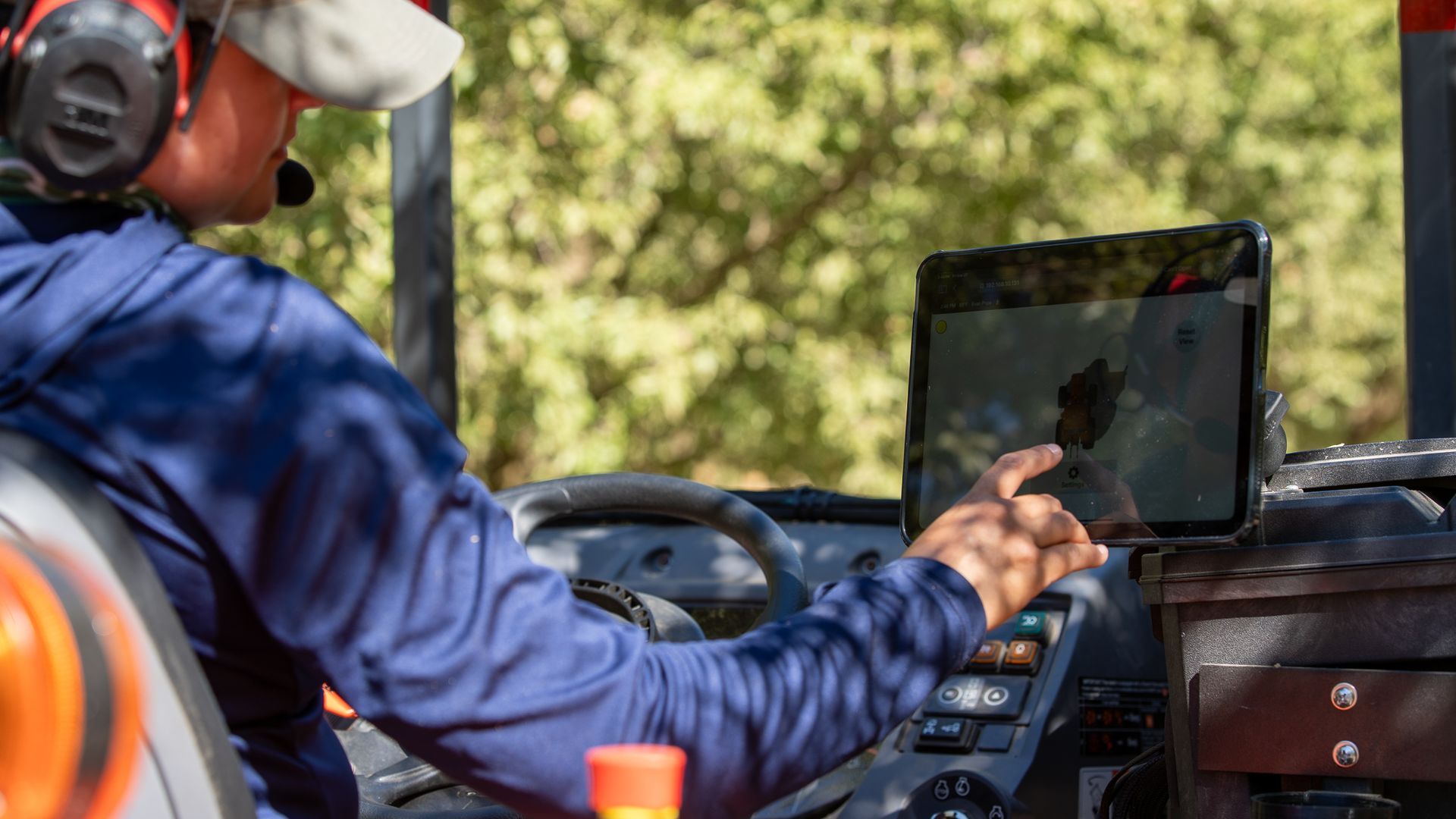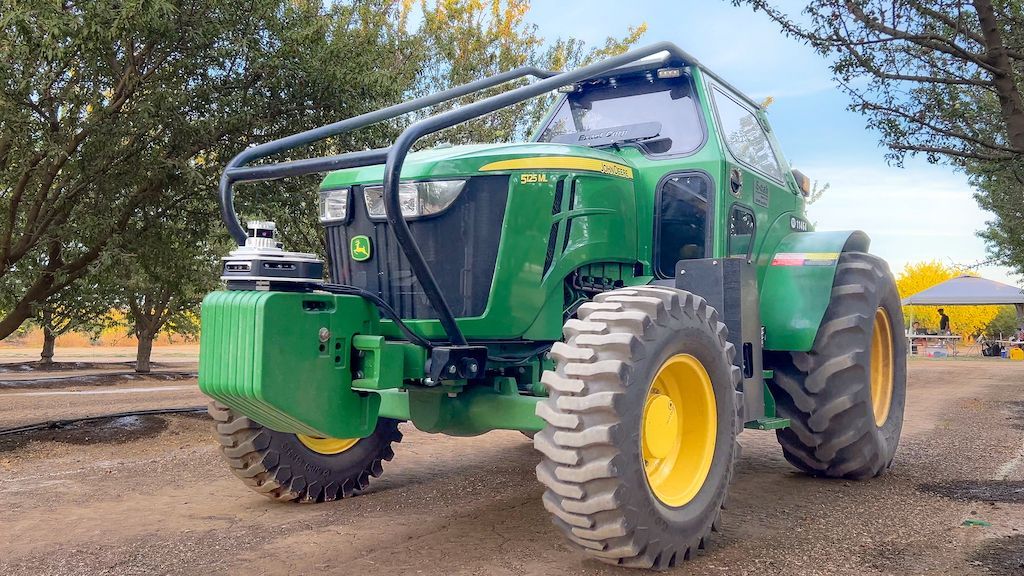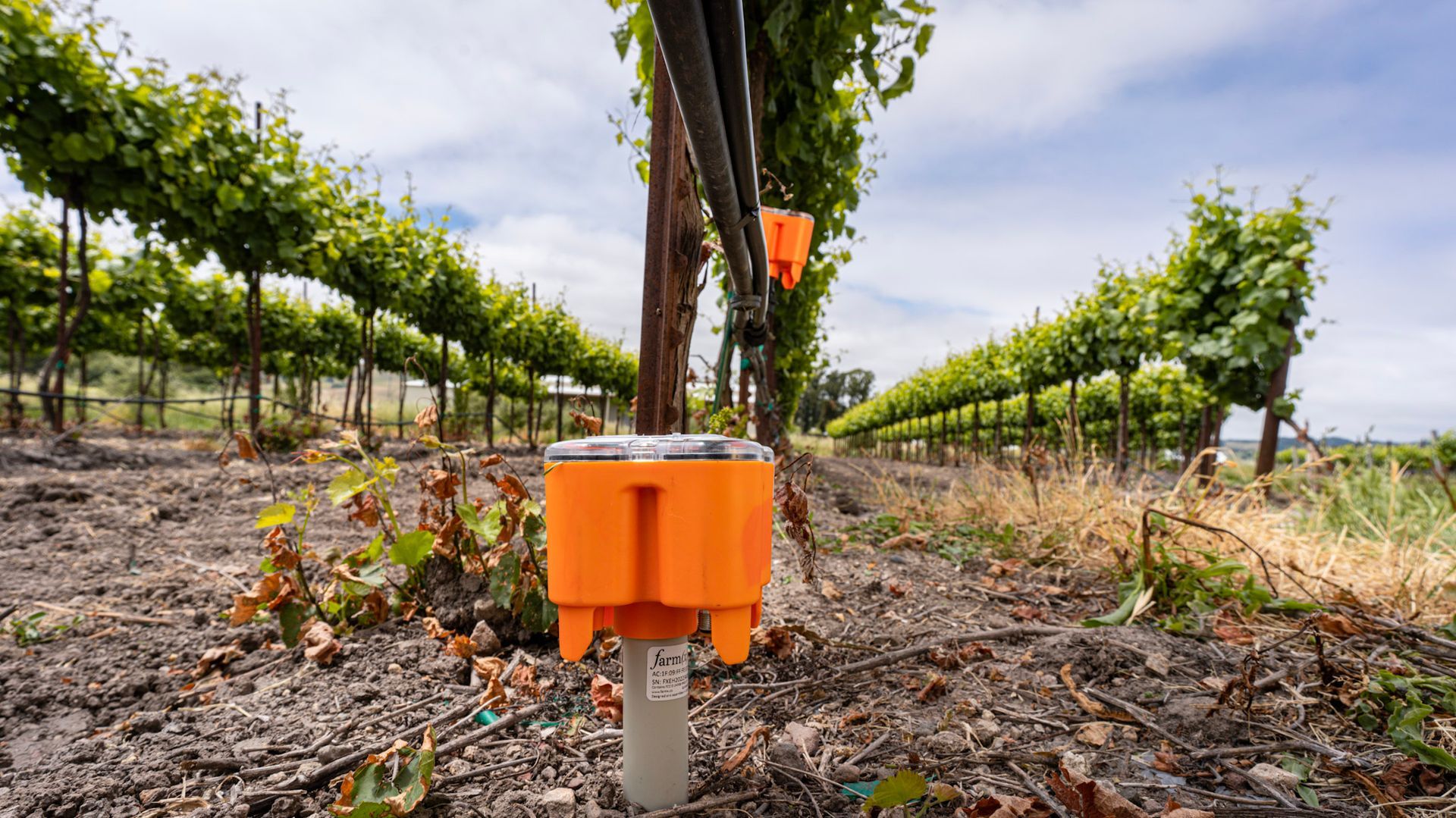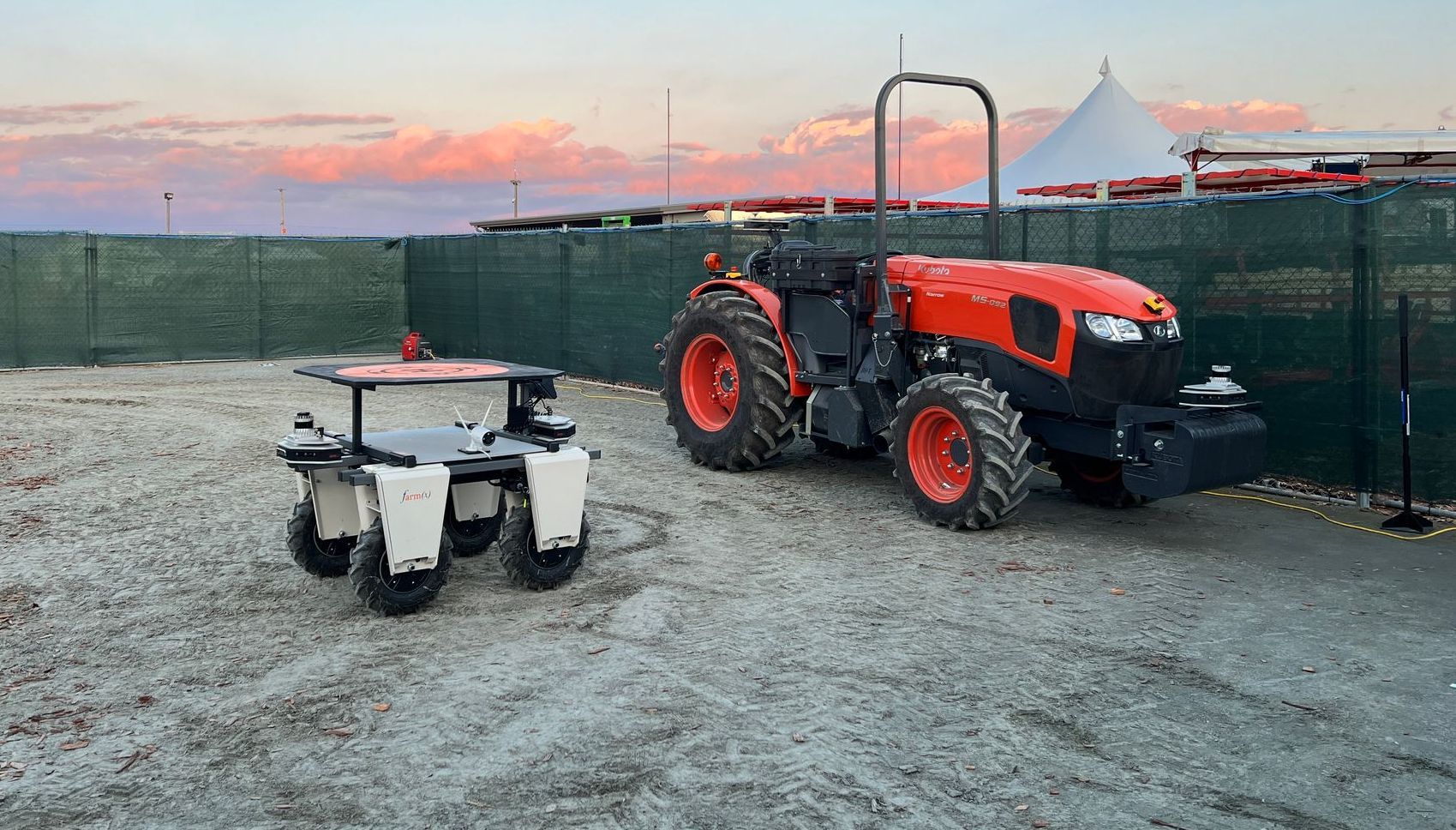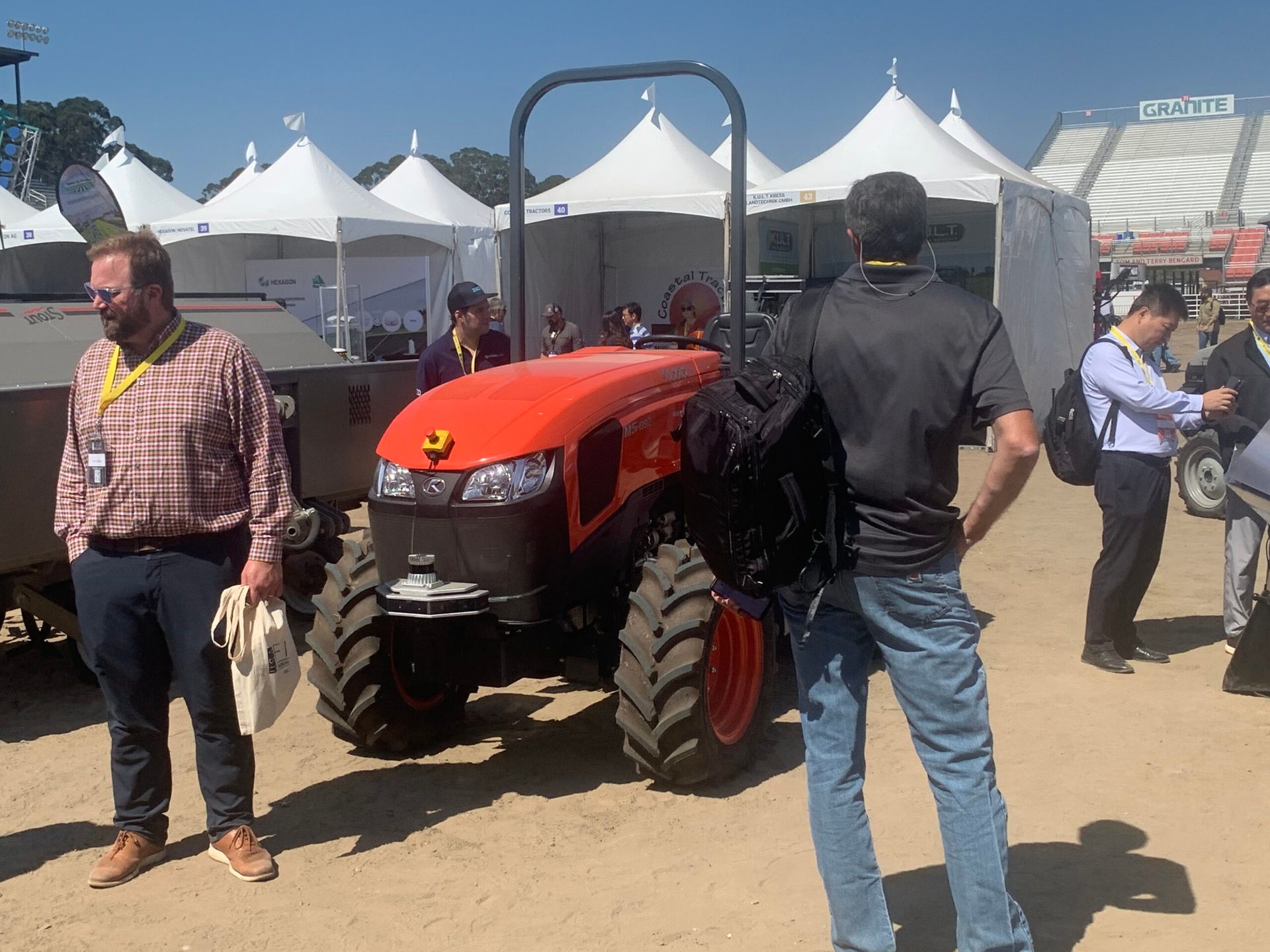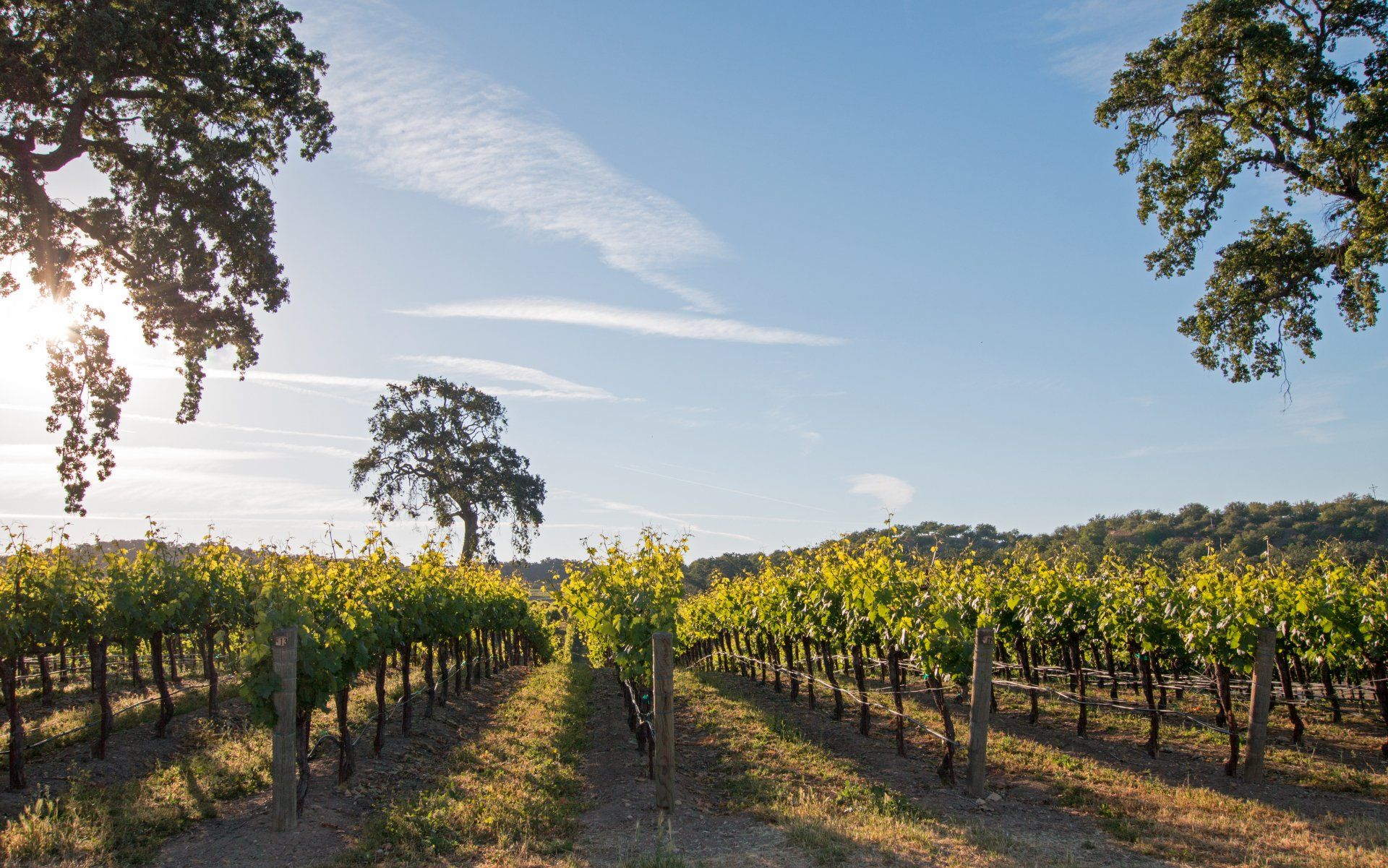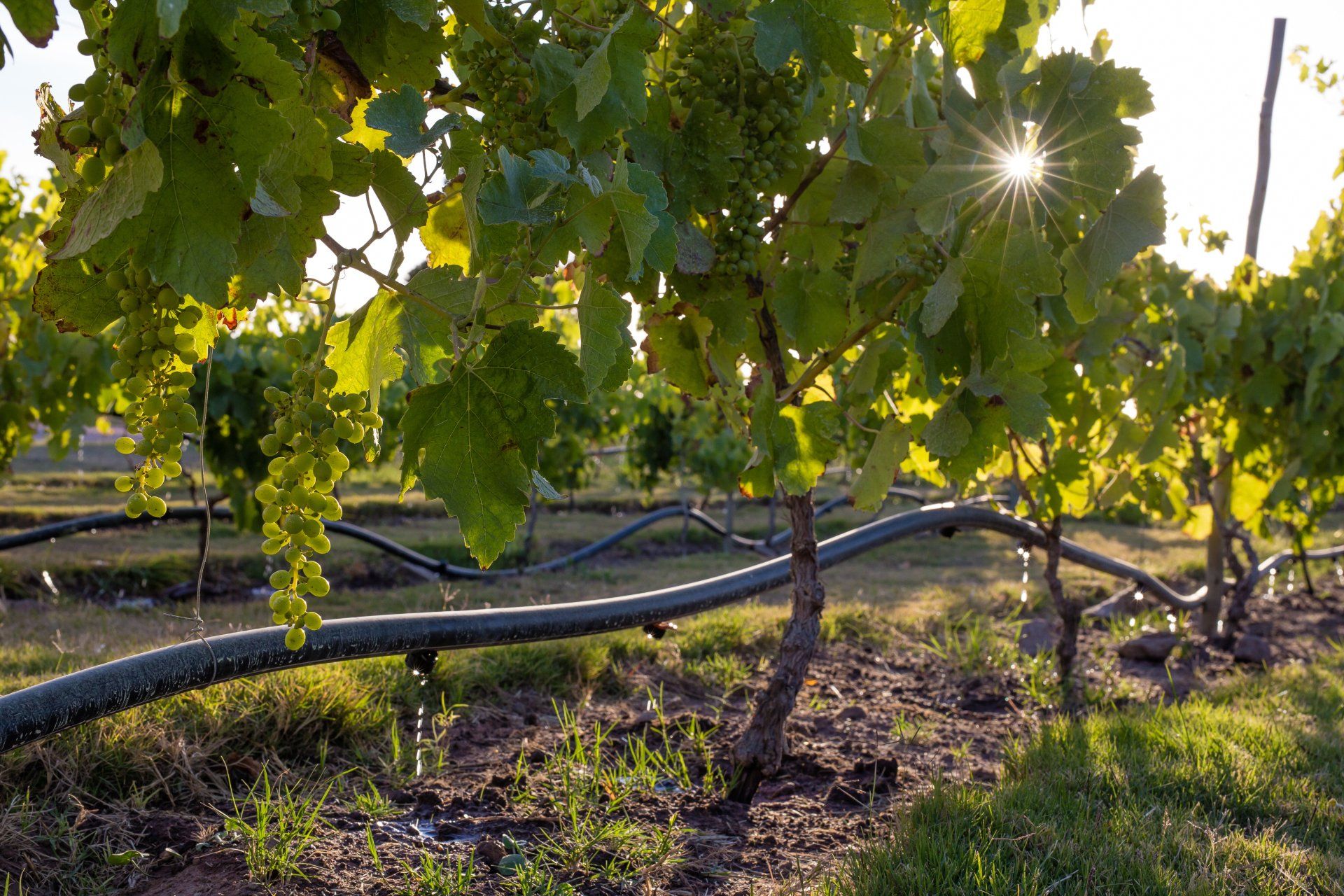Post-Harvest Irrigation Management Provides Important Benefits and Opportunities for Orchards and Vineyards
Share the news on your feed:
In the fall, irrigation management is far from over in orchards and vineyards after nuts, fruit, or grapes have been harvested. Leaves are still green and active for several weeks or even months, continuing to convert the energy from sunlight into carbohydrates. With the fruit gone, these carbohydrates are now directed to three sinks: To buds and recent woody growth that is maturing and hardening off, to restock the energy reserves throughout the tree or vine, and the small fall root flush. The energy gathered postharvest is basically a down payment on next year’s crop.
In the spring, the tree or vine live off these reserves for several weeks after breaking dormancy. The reserves will power budbreak, flowering, and leafout. This means that sufficient irrigation after harvest can set the stage for success the following year. Cutting water off too soon or irrigating too little forces the plants into leaf drop and dormancy prematurely. This can lead to delayed, weak, and prolonged budbreak and flowering in the spring, which reduces yield potential. In areas susceptible to early and/or hard frost, damage to buds and fruitwood can be more severe if these tissues did not get the reserves they needed for fully maturing and hardening. Under the current drought conditions in the West, it is difficult to fully irrigate post-harvest, but any water that can be given will be better than a complete shutoff. Luckily, there are opportunities in some crops to save water. UC Extension found that:
- In walnuts, controlled and moderate deficit irrigation postharvest can actually help harden off green shoots, reducing the chance of damage from autumn frosts.
- In pistachios, postharvest irrigation can be run at a deficit of up to 75% of ETc.
- Almonds have a demand for 12-15” of water postharvest. If that cannot be satisfied, at least 8” of irrigation should be applied postharvest during September and into October to avoid severe damage to next year’s yield potential.
In a good water year, additional postharvest irrigation helps manage soil salinity, high boron, high sodium, and high chloride. Unfortunately, this year, few growers have excess water to leach their root zones.
For more detailed and crop specific information, please use these resources:
Almond:
https://thealmonddoctor.com/the-importance-of-post-harvest-irrigation-in-almond-2/
Walnut:
https://ucmanagedrought.ucdavis.edu/Agriculture/Crop_Irrigation_Strategies/Walnuts/
Pistachio:
Grape:
https://www.vineyardteam.org/files/resources/Irrigation%20&%20Fertilization.pdf
Prune:
http://www.sacvalleyorchards.com/prunes/irrigation-prunes/pre-and-post-harvest/
Connect with FarmX social media:
Share the news on your feed:
News From The Field
